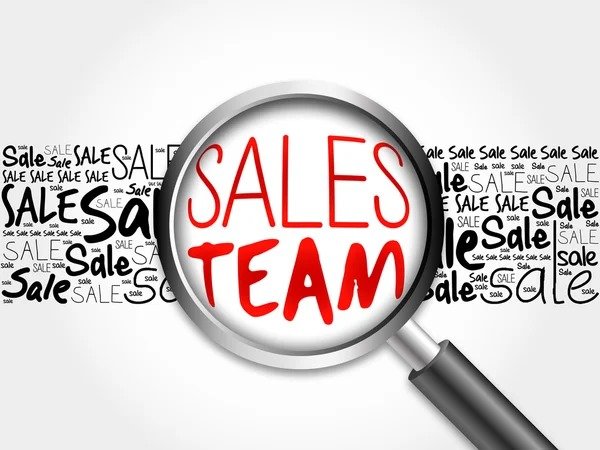What Does a Salesperson Do?
Key Roles and Responsibilities — A Guide for HR Managers & CEOs
1. Strategic Recruitment & Role Definition
-
HR managers play a critical role in collaborating with department heads (including CEOs when involved in hiring) to define the precise scope of a salesperson’s position—from job analysis to crafting compelling job descriptions. This ensures clarity in responsibilities and required competencies
-
Use competency-based recruitment to pinpoint behavioral and technical traits that align with both company culture and strategic goals—this improves talent fit and retention.
2. Sales Process Expertise
A salesperson typically follows a structured sales process:
-
Prospecting – Identifying and qualifying potential leads
-
Pre-approach & Needs Assessment – Understanding customer pain points
-
Presentation – Delivering value-focused pitches using models like AIDA (Attention, Interest, Desire, Action)
-
Handling Objections – Addressing concerns with empathy and persuasion techniques
-
Closing – Employing closing techniques (e.g., assumptive close, direct close) to finalize.
-
Follow-Up – Maintaining customer satisfaction to build long-term relationships
3. From HR’s Perspective: Hiring and Enabling Sales Talent
-
HR managers need to:
-
Identify skills and traits required (e.g., communication, resilience, negotiation).
-
Develop recruitment pipelines using ATS tools, structured interviews, and role-plays to assess both capability and cultural fit.
-
Design onboarding and continuous training to ensure new sales hires align with organizational processes and performance standards.
-
4. From the CEO’s Lens: Aligning Sales with Corporate Vision
-
CEOs must ensure the sales function is tightly aligned with broader business objectives:
-
Vision alignment: Ensure the sales team understands and embodies company values and long-term mission.
-
Culture-building: Partner with HR to foster a culture that supports sales success—reward performance, enable collaboration, and embed agility.
-
Strategic oversight: CEOs should view the sales leader as both revenue driver and culture custodian, evaluating performance metrics and market impact.
-
Summary Table: Roles & Responsibilities
| Stakeholder | Key Actions |
|---|---|
| HR Manager | Define skill competencies, recruit strategically, onboard and train, use structured selection tools |
| Salesperson | Execute structured sales process, build customer relationships, close deals, follow up consistently |
| CEO | Set vision, ensure alignment and culture fit, support strategic direction, review outcomes |
find sale rebs By approaching the hiring and integration of salespeople through this collaborative model—where HR managers define & enable, salespeople perform, and CEOs align & oversee—organizations stand to strengthen their sales impact while nurturing a cohesive company culture.







